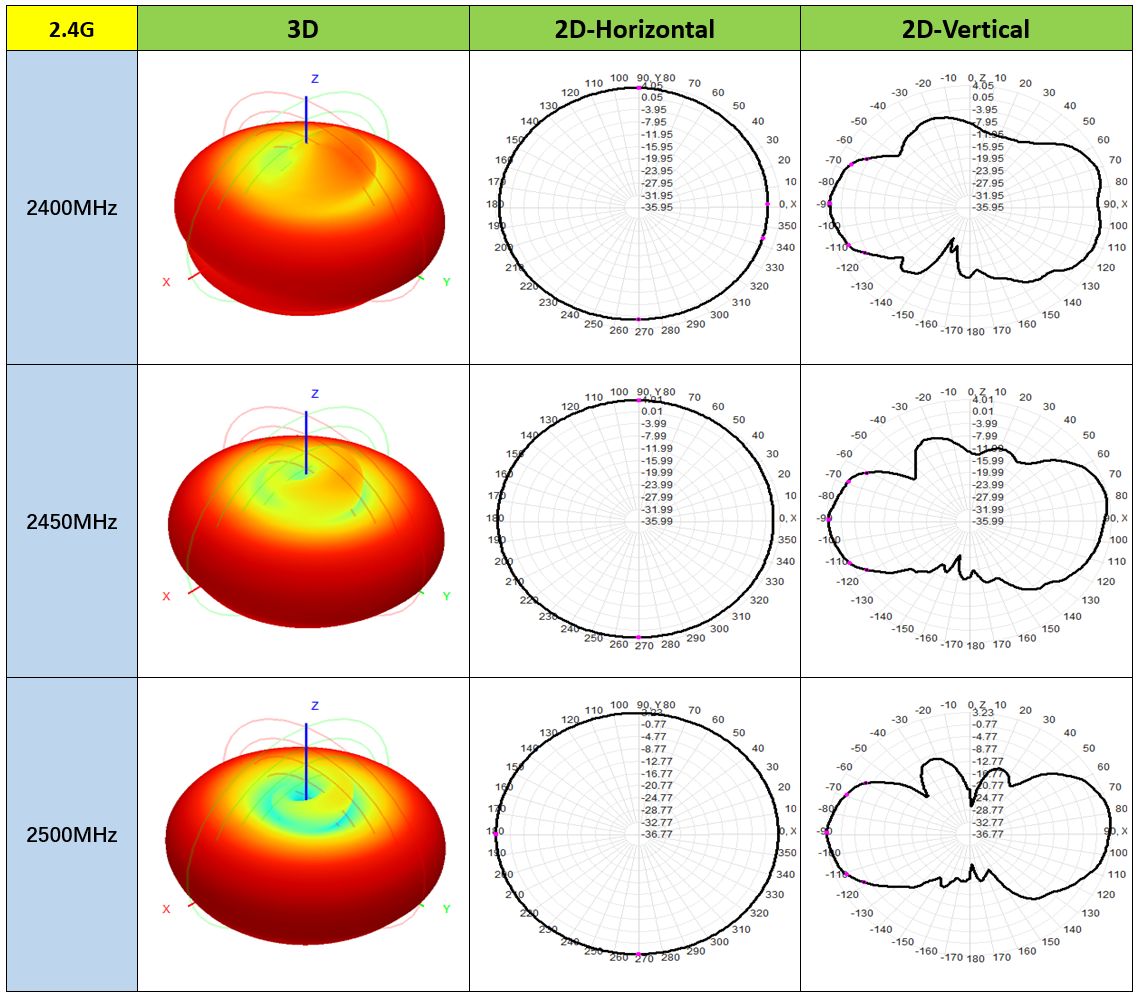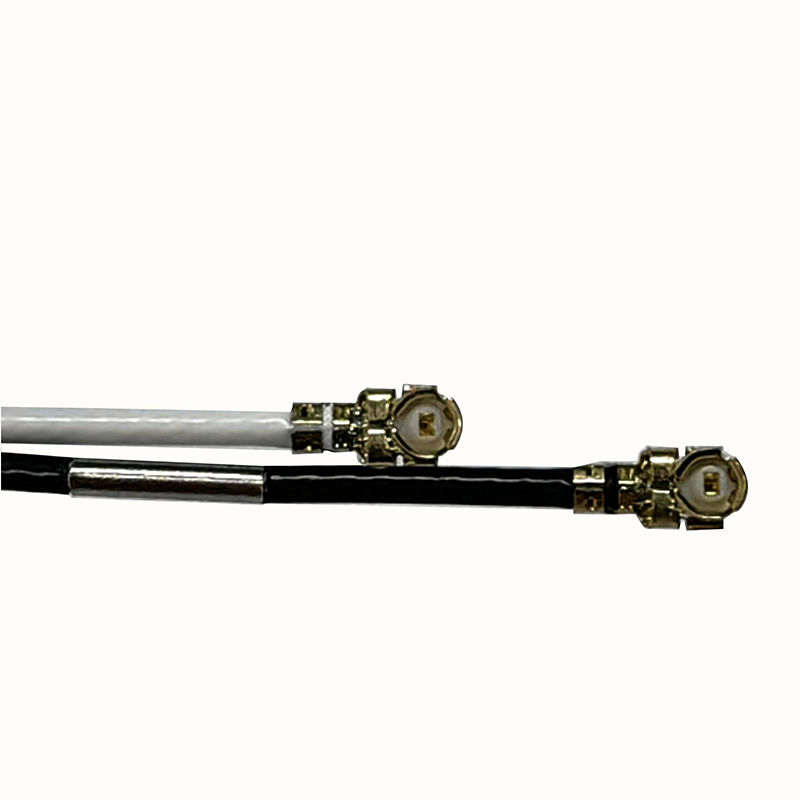If you’ve ever cast your eye towards the rooftops, you’ll be familiar with the Yagi antenna. A dipole radiator with a reflector and a series of passive director elements in front of it, you’ll find them in all fields of radio including in a lot of cases the TV antenna on your rooftop.
In the world of amateur radio they are used extensively, both in fixed and portable situations. One of their most portable uses comes from the amateur satellite community, who at the most basic level use handheld Yagi antennas to manually track passing satellites. As you can imagine, holding up an antenna for the pass of a satellite can be a test for your muscles, so a lot of effort has gone into making Yagis for this application that are as lightweight as possible. 3g Fiberglass Antenna

[Tysonpower] has a contribution to the world of lightweight Yagis, he’s taken a conventional design with a PVC boom and updated it with a stronger and lighter boom made from carbon fibre composite pipe. The elements are copper-coated steel welding rods, some inexpensive aluminium clamps came from AliExpress, and all is held together by some 3D-printed parts. As a result the whole unit comes in at a claimed bargain price of under 20 Euros.
This antenna is for the 2 M (144 MHz) amateur band, but since it’s based on the [WB0CMT] “7 dB for 7 bucks” (PDF) design it should be easily modified for other frequencies. The 3D printed parts can be found on Thingiverse, and he’s also posted a couple of videos in German. We’ve posted the one showing the build below the break, you can find the other showing the antenna being tested at the link above.
We’ve featured a few Yagi builds here in the past, like this one using metal tape measures as elements, and another using aluminium arrow shafts.
The TV antennas on rooftops you refer to are generally NOT Yagis, but log periodic antennas. Yagis have a single driven dipole and some combination of passive reflectors and directors. But they are far too narrow-band for TV use, unless you’re just trying very hard to receive a single station. Log periodics look similar to Yagis, but have all of their elements driven, inverting the phase at each element, and elements that get progressively shorter and closer across the length of the array. The main electrical characteristic of log periodic antennas is moderately high gain with wide bandwidth, while Yagis are high gain with narrow bandwidth.
Hi The autor of this (nice!) hack is living in north of Switzerland, not in the US. TV Antenna, in Europe, are mostly Yagi (or phased dipole array), because tv stations used to be located in rather narrow broadcast bands. This doesn’t seems to be the case in the US where, effectively, most TV antennas are log periodic.
Anyhow, this is a nice project. wish the autor could publish some VNA traces and radiation patern of his build f6itu
The Author (if you referring to me) is living near cologne, Germany :)
The Antennas in Europe are mostly yagis, but they are not used anymore.
@zenographie I dont have the equipment or software to create such patterns, but i should be like any yagi that is build after the same method.
Since you write English very well… is there any chance you could post a version of your videos in English? I’m planning to build a Yagi for satellite listening and I’m sure I could pick up some good points from what you share.
Typical US-centric American here… most of the German I can speak came from “Hogan’s Heros.” :-P
Thanks for the praise about my english :)
I think i can write and understand english quite well, but my pronunciation is not that great, unfortunately. Maybe in the future.
I will definitly add subtitles (in english) to some of my Videos in the next few days. I hope that helps you and the most english speaking people out there.
I’m in the UK, where they are almost universally Yagis. I write what I see. :) We do have a few UHF log-periodics on the market, but our TV stations are locally grouped in nearby frequencies, so we don’t need the wideband characteristic.
Same here doenunder in VK. The TV networks used to be allocated Frequencies in sub-grouped channels on VHF (Band III, Band IV, Band V) before our regulator amalgamated TV and FM radio spectrum and TV moved to UHF.
All VHF TV antennas were Yagis and just prior to amalgamation V/U combo yagis. The only Log P’s were for commercial radcomms services.
I wonder how the CF composite behaves as a dielectric in RF applications? The carbon fibres may make it a poor, lossy dielectric.
I was wondering the same thing. I have no idea about carbon fiber. Perhaps fiberglass?
CF can be quite conductive. But there are also yagis where the boom is made of aluminium. And I have a 2,4GHz yagi which is laser cut out of a single piece of stainless steel sheet. Only the radiator (loop dipole) is made from copper wire. You do not have much field strength in the center line. But at the attachment point for the wires I would expect some losses
@Luke Weston, I share your concern, and more. Consumer grade “carbon-fiber” materials (if in-fact they are just that, most often they are NOT) not only suffer at RF frequencies from the characteristics of the binding material, much of how these materials behave at RF depends on the characteristics of the “carbon” mats that they are made of, and the specifics of how the mats are made, such as weave density and weave-interleave factor (not always unity). At 144 MHz, this level of scrutiny is likely not needed, but I do not see it addressed at all by the Designer. Finally, there’s the concept of material exposure and survival. Will the material stand-up over long-term exposure to sunlight and rain?
Actually i didnt think much about that. What i know is that CF is electrical conductive, so it should shield the cable inside. In RF applications it should act like any metal (like aluminium) as far as i know.
Fact is, that the Antenna is working great for me :)
@Drone The Antenna is for holding it in the hand (it’s a portable Yagi). So it will not be exposed to the elements that much. If you use PETG for the 3D printed parts, it would be more resistant to heat (for example from the sun). The carbon, aluminium and welding rod should not have a problem with the different conditions outside.
The boom on a Yagi is at a node on all of the elements, so conductivity of the boom is unimportant. Some use aluminum booms, others use non-conductive materials. No difference.
Making elements too skinny makes the bandwidth even narrower. Welding rod vs. hollow rods. Also more easily bent.
That’s true. Plus, instead of fancy carbon fiber, one could go down to the local hardware store and get some fiberlgass rods intended for driveway reflectors or those fiberglass wire fishing tools they sell at Harbor Freight. Couple those with some copper tubing, and you have a cheap, light, wider-band antenna.
The CF tubes are not that expensive. I would use one for the boom and mount Al tubes to it.
I wouldn’t have any idea where to get those. . .
You can get CF from Aliexpress, Ebay or some other online shop :)
I am using welding rods, because it was also mention in the “7db for 7Bucks” pdf and i had a lot of them laying around :) But a great idea to use hollow rods for a bigger bandwith, if it works like this. I never heared that the diameter of the elements matter. So the frequencie range would be bigger if i would use hollow rods?
@nuclear I payed about 11€ for two 12mmx500mm carbon pipes. Its not that expensive.
Yes. Your SWR would be lower over a broader frequency range. I think playing with the carbon fiber rods as elements would be interesting. It would be very light and the elements wouldn’t bend like metal.
Yeah that would be interesting mmm….
ARDF is a part od hamradio. There are competitions on 2m band in ARDF. The receivers for that band have yagi antennas. Some bave HB9CV. And te whole system is handheld.
So, whats new here? Carbon fiber boom?
It’s just a easy to build, lightweight and stiff Antenna that is build after the “7db for 7bucks” method, that used PVC pipe.
The RF design is not new, but the design of the “hardware”.
I made an antenna with an old CF XC ski pole. Decades of skiing and racing generated a collection of old poles that I can use for other things. They are not pure CF but various CF and glass blends and they are tapered, not uniform in diameter. But, hey, they are basically free, which is my favourite price.
That is also my favourite price :)
I have used the 7 db for 7 bucks design to build a number of antennas. I also use various materials for other non-ham endeavours and I know this – the design is not optimized for use with a conductive boom. It may work to some extent but there will be losses and pattern alterations wherever the boom is allowed to contact the elements w/o insulation. Nice try, but it needs to be modeled with a conductive boom if you are not going to isolate the elements from the boom. KE7ACY
In my design, the Elements have no way to make contact to the Carbon Fibre because they are only touching the 3d printed parts. So the “7db for 7 bucks” method should work fine (if you look at the Performance it does work :) ).
But if you are right, you could not just drill holes in the Carbon to Mount the elements as suggested in some comments here.
Please be kind and respectful to help make the comments section excellent. (Comment Policy)
This site uses Akismet to reduce spam. Learn how your comment data is processed.

Embedded Antenna By using our website and services, you expressly agree to the placement of our performance, functionality and advertising cookies. Learn more